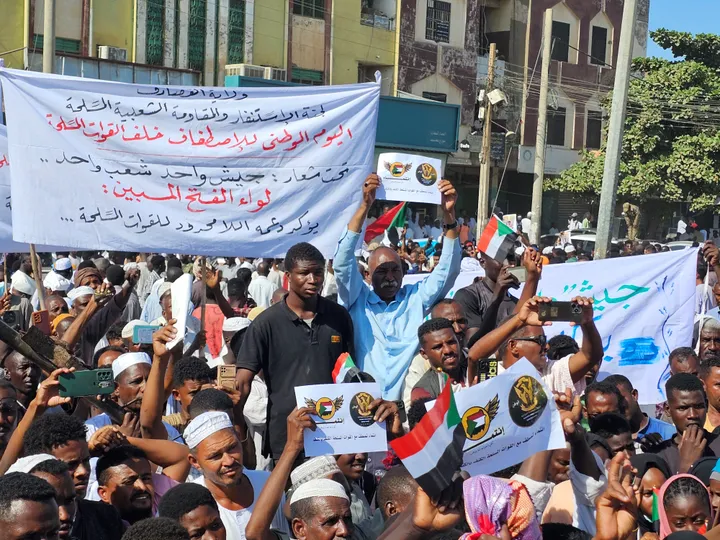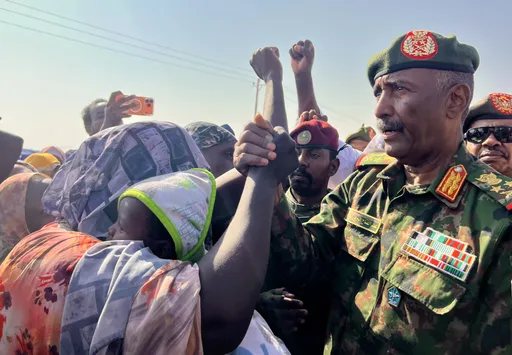By Jakkie Cilliers
When we compare Africa’s post-independence history and prospects with averages in other regions, it's clear that the continent is generally falling behind in key measures of progress, reflected in the chart on average GDP per capita below.
The chart reflects data, until 2021, and includes a forecast to 2043, with the 2020/2021 impact of Covid-19 particularly visible. Things are improving in Africa but more slowly than elsewhere.
Some countries, often smaller ones, are growing rapidly. Still, many countries struggle for a host of domestic reasons even as global headwinds such as the war in Ukraine constrain Africa’s potential.
There is every reason to be concerned about the political and other implications of this growing gap. However, there is some catch-up on indices that relate to human development such as life expectancy and infant mortality.
Growing economic output
Current trend in several areas - from better governance and a demographic dividend to an agricultural revolution and the full implementation of the African Continental Free Trade Area - provides a picture of Africa’s development potential in a best-of-world scenario.
In 2022, GDP per capita in Africa was estimated at US$4 955. On the current development pathway, it would reach US$7 157 in 2043 which is the end of the third ten-year implementation plan of the African Union’s Agenda 2063 long-term vision for Africa.
In a combined scenario GDP per capita could be 54% higher. Instead of an African economy of US$3.2 trillion in 2022 which increases to US$8.7 trillion in 2043, the African economy could reach US$15.2 trillion.
These are very large differences and reflect Africa’s huge development potential.
These forecasts assume a global facilitating environment (what we refer to as a Sustainable World) that maximises Africa’s development potential.
Given rising tensions between the West and China, the Russian invasion of Ukraine and other developments, the project recently added a theme that explored the impact of different global scenarios on Africa’s development potential.
Th e Africa in the world theme presents and models three additional global scenarios: a Divided World, a World at War and a Growth World.
The World at War scenario is the worst case for everyone, as overall gains are below any other. The Growth World scenario leads to better economic results but to the detriment of equality and efforts to contain global greenhouse gases, resulting in negative climate change impacts.
Following several workshops, the current global trajectory seems to approximate the trend towards a Divided World. This is a future of more regionalism, complex multipolarity, and likely a growing divide between the rich West and the rest. Reality will, of course, differ.
Scramble for Africa
The size of the African economy, GDP per capita, and poverty levels are starkly different in the four scenarios.
The accompanying figure presents the size of the total African economy in 2019 and then for each scenario in 2043. It illustrates the benefits in economic growth of Africa in a Sustainable World
Despite its large population and many member states, Africa is a small global player.
Its status has been elevated, at times, due to East-West competition, its role in providing fossil fuels, during the war on terrorism, and the focus on development with the crafting of the Millennium and Sustainable Development Goals.
Lately, Africa has become an area of competition between the West, China and Russia and competition for the minerals that enable the Fourth Industrial Revolution is intensifying.
The Sustainable World scenario would require ending the tensions between the US and China and the evolution of a next-generation rules-based system accommodating China, the US, the EU, and a growing Global South.
The current trajectory towards a Divided World constrains Africa’s development. Compared to the Sustainable World, the Divided World has much higher global carbon emissions resulting in rapid climate change.
In Africa, GDP per capita will be 17% lower, and extreme poverty will be 55% higher in the Divided World compared to the Sustainable World.
Even then, only much deeper economic and political integration in Africa, complemented by much more rapid and sustained economic growth could offset the continent’s limited role in shaping global orientations, pointing to the urgent need to move more rapidly in this regard.
The author, Jakkie Cilliers, is the head of African Futures & Innovation at Pretoria office of the Institute for Security Studies.
Disclaimer: The viewpoints expressed by the author do not necessarily reflect the opinions, viewpoints and editorial policies of TRT Afrika.
























